6 Questions Every Roofer Should Ask About Roof Decking
Roof decking serves as the foundation for the entire roof system. It is therefore crucial for every roofer to have in-depth knowledge about roof decking to ensure structural integrity, durability, and effectiveness of the roof. This article explores key questions that every roofer should ask when dealing with roof decking.
1. What Are the Types of Roof Decking Materials?
Plywood and OSB (Oriented Strand Board) are among the most common types of roof decking materials. These materials are popular due to their availability and cost-effectiveness. Plywood is made from thin layers of wood veneer, and OSB is created from wood strands and adhesives that provide a uniformity that is advantageous in construction. Both materials are suitable for various roofing applications, but they have different moisture resistance levels, which is a critical factor to consider.
Metal decking is another option that offers unique advantages. The strength and durability of metal decking make it a preferred choice for commercial buildings and structures needing added support. Unlike wood-based decking, metal decking can withstand fire and is less susceptible to mold and pests. However, considerations regarding insulation need to be addressed as metal can be a poor insulator, affecting thermal efficiency.
Concrete decking provides excellent durability and load-bearing capacity essential for high-traffic areas. Gypsum and cement boards are alternatives that offer fire resistance, enhancing safety in roofing systems. Composite decking materials are gaining traction due to their ability to combine the best features of different materials, providing balance between strength, insulation, and resistance to environmental factors. Roofers must consider these options depending on the specific needs of their project.
2. How Does Roof Decking Affect Roof Insulation?
The type of roof decking material used plays a significant role in determining a roof's insulation quality. Thermal resistance properties of materials like wood and composite can aid in minimizing heat transfer, thus enhancing a building's energy efficiency. However, without proper installation, even materials with excellent thermal resistance can fall short of maintaining desired internal temperatures, leading to higher energy costs.
Moisture resistance is another critical factor where roof decking impacts insulation. Certain materials, such as concrete and metal, may provide less support against moisture infiltration compared to treated plywood. Adequate moisture resistance ensures that the insulation remains effective over time, preventing the growth of mold and mildew which can compromise both comfort and health. Roofers must evaluate the moisture-resistant properties of decking materials to enhance the long-term performance of roof insulation.
The compatibility of different decking materials with specific insulation materials must be assessed carefully. Insulation types such as spray foam or fiberglass require specific types of decking for optimal performance. Consideration should also be given to installation techniques that promote a seamless integration of insulation with decking materials, ensuring minimal thermal bridging and reduced energy wastage. By prioritizing compatibility and expert installation methods, roofers are well-positioned to achieve superior insulation outcomes.
3. What Are the Load-Bearing Capabilities of Different Decking Types?
Different decking materials offer varying load-bearing capabilities that are crucial for structural support. Plywood and OSB are popular for residential projects due to their adequate load-bearing characteristics at cost-effective prices. For larger structures requiring enhanced support, metal or concrete decking can provide the needed load-bearing strength. Understanding the specific load ratings of these materials ensures compliance with safety standards and structural integrity over time.
Climate and weather conditions significantly affect the performance and durability of roof decking materials. For instance, metal decking may be more suitable for areas with high snow loads due to its strength, while wood-based decking might require additional treatment in regions with high humidity. Therefore, being aware of the local climate is crucial for selecting the appropriate decking material that can withstand environmental stresses without compromising safety.
Safety standards and compliance are top priority considerations that roofers must approach diligently. Compliance with local building codes and regulations is a non-negotiable aspect of any roofing project. With 99,203 roofing companies in the U.S., according to Roofer's Guild, the competition demands roofers prioritize safety and quality by using industry-standard materials. This commitment not only ensures safety but also enhances reputation and customer trust in the roofing company.
4. How Do You Assess the Condition of Existing Roof Decking?
Assessing the condition of existing roof decking is essential for maintaining the roof's safety and functionality. One of the primary indicators of structural compromise is the presence of sagging or waviness in the roof surface, which suggests underlying decking issues. Additionally, the detection of leaks, wet spots, or water stains on the ceiling can indicate compromising conditions to the roof decking. Roofers should include these visible signs in their initial assessments to diagnose potential complications accurately.
Roofers utilize a variety of tools for conducting thorough roof decking inspections. Moisture meters and infrared cameras are commonly used to detect hidden moisture presence in otherwise inaccessible areas. These tools help roofers make informed evaluations of the roof's condition, identifying sections that may require maintenance or replacement. Employing the right inspection tools is vital for achieving accurate assessments and determining the best course of action.
The decision between repairing and replacing decking materials is influenced by several factors. In cases of minor damage, repairs can extend the life of existing decking materials. However, extensive damage or widespread issues may necessitate a full replacement to ensure long-term effectiveness. Roofers should document all findings and considerations meticulously to provide comprehensive evaluations that support informed decision-making and ensure client satisfaction.
5. What Are the Best Practices for Installing Roof Decking?
Effective roof decking installation begins with proper sizing and joint preparation. Proper spacing is critical to allow for the natural expansion and contraction of materials without causing damage. Moreover, inappropriate sizing can lead to gaps that compromise structural integrity and insulation quality. Seamless installation methods that facilitate accurate alignment and joint preparation are fundamental for acquiring optimal support.
Roof decking installation relies on precise fastening techniques to ensure longevity and performance. Fasteners, such as nails or screws, need to be used meticulously to prevent future loosening and decking displacement. Once the appropriate fasteners are selected, their spacing and placement are planned to distribute pressure efficiently, thus preserving the decking's structural stability. Fastening techniques play a key role in the success and resilience of roofing projects.
Considerations for ventilation and the breathability of the roof system are vital for maintaining adequate airflow and moisture management. Improper ventilation can lead to heat buildup and moisture retention, causing decking deterioration. Adequately handling and storing decking materials prior to installation prevents damage and deformity, ensuring the material retains its quality. Compliance with local building codes and regulations guarantees both legal adherence and improved structural protection, protecting against potential liabilities.
6. How Does Roof Decking Influence Roof Warranty and Longevity?
A roofing plan's success is enhanced by attention to manufacturer guidelines and warranty conditions. Choosing the correct decking material that aligns with the warranty's stipulations is essential for maintaining protection eligibility. Manufacturers may have specific installation and maintenance requirements that, if not followed, could void the warranty. Roofers must document every step to ensure obligations are consistently met.
Maintenance requirements are a critical consideration for fulfilling warranty obligations and prolonging roof longevity. Regular inspections, timely repairs, and routine maintenance are proactive steps that reinforce the condition and performance of roof decking materials. Roofers must communicate maintenance details to clients to ensure they understand the importance of upkeep for warranty preservation and promoting the roof's lifespan.
To enhance longevity, preventing premature wear hinges on following proper installation practices and taking preventive measures that reduce potential damage. Compatible roofing systems should be selected based on the roof decking material to optimize performance and durability, thereby improving the warranty's validity. Adequate documentation plays a vital role in warranty claims, providing necessary evidence of compliance with requirements and highlighting the roofing company's professionalism and accountability.
Understanding the complexities of roof decking is essential for roofers to ensure successful roofing projects. By asking and answering these critical questions, roofers can make informed decisions that enhance the performance, durability, and safety of the roofs they work on, ultimately leading to higher customer satisfaction and long-term success in the industry. If you're looking for roof decking services, contact North-East Deck & Steel today.
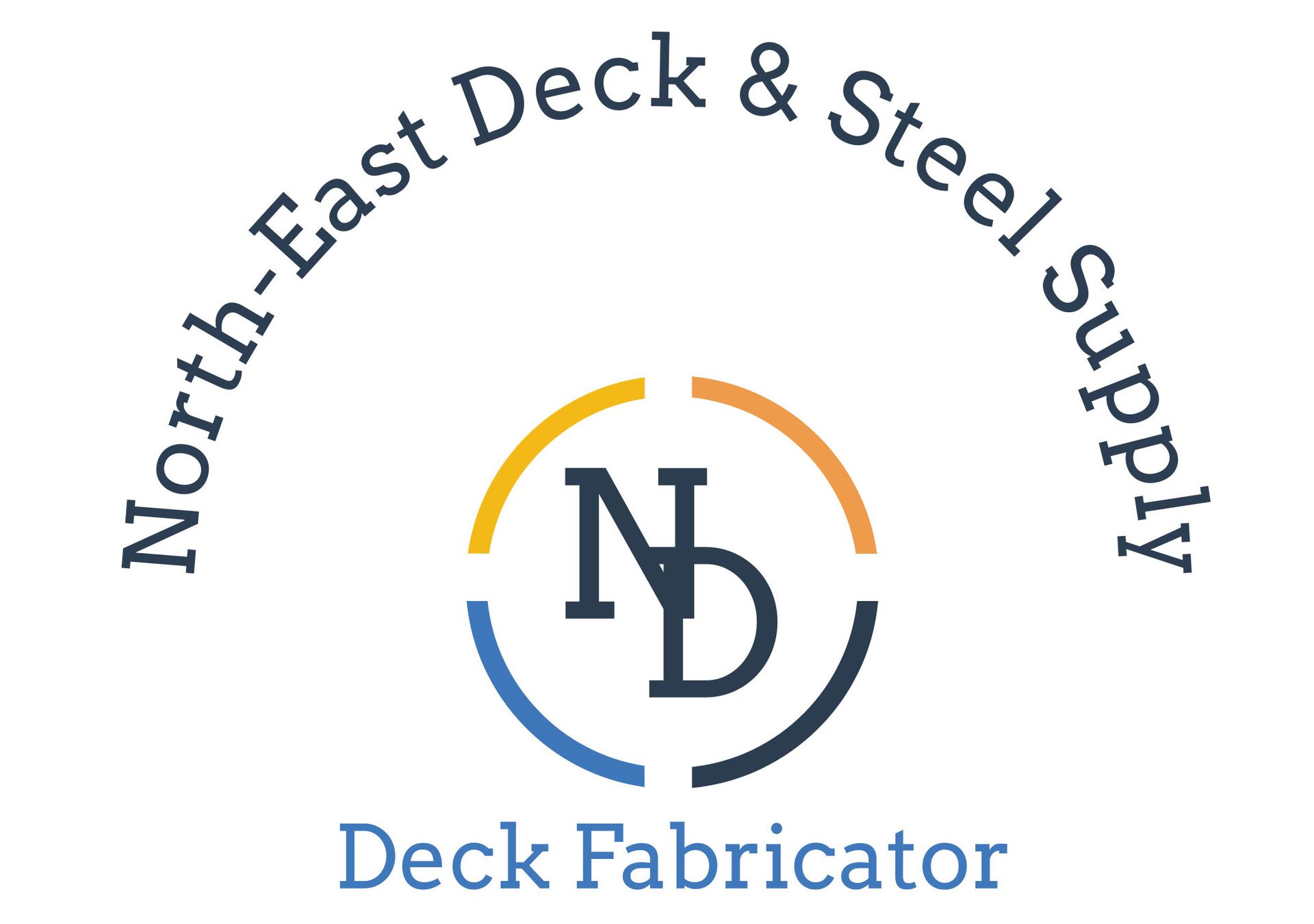
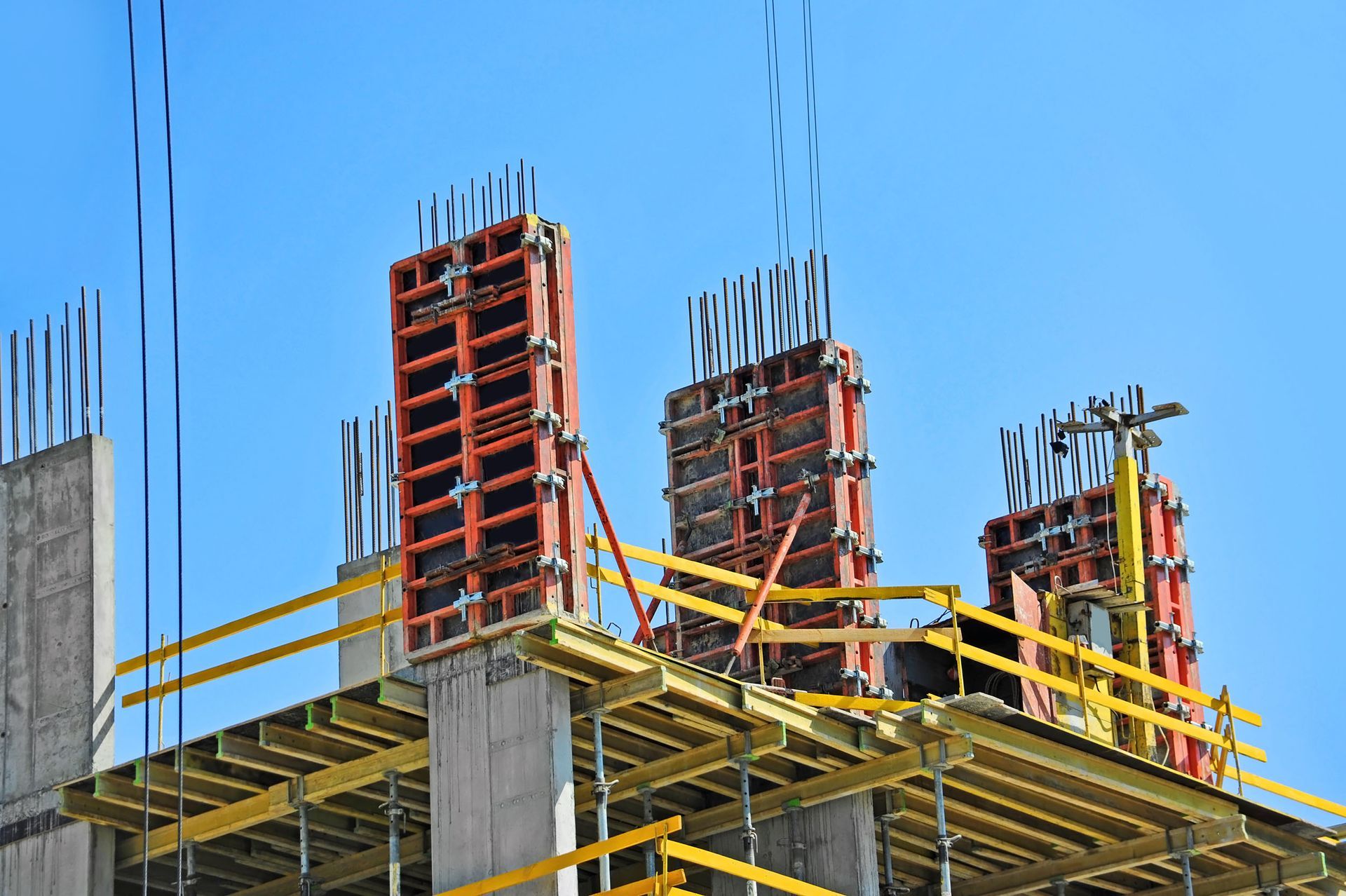
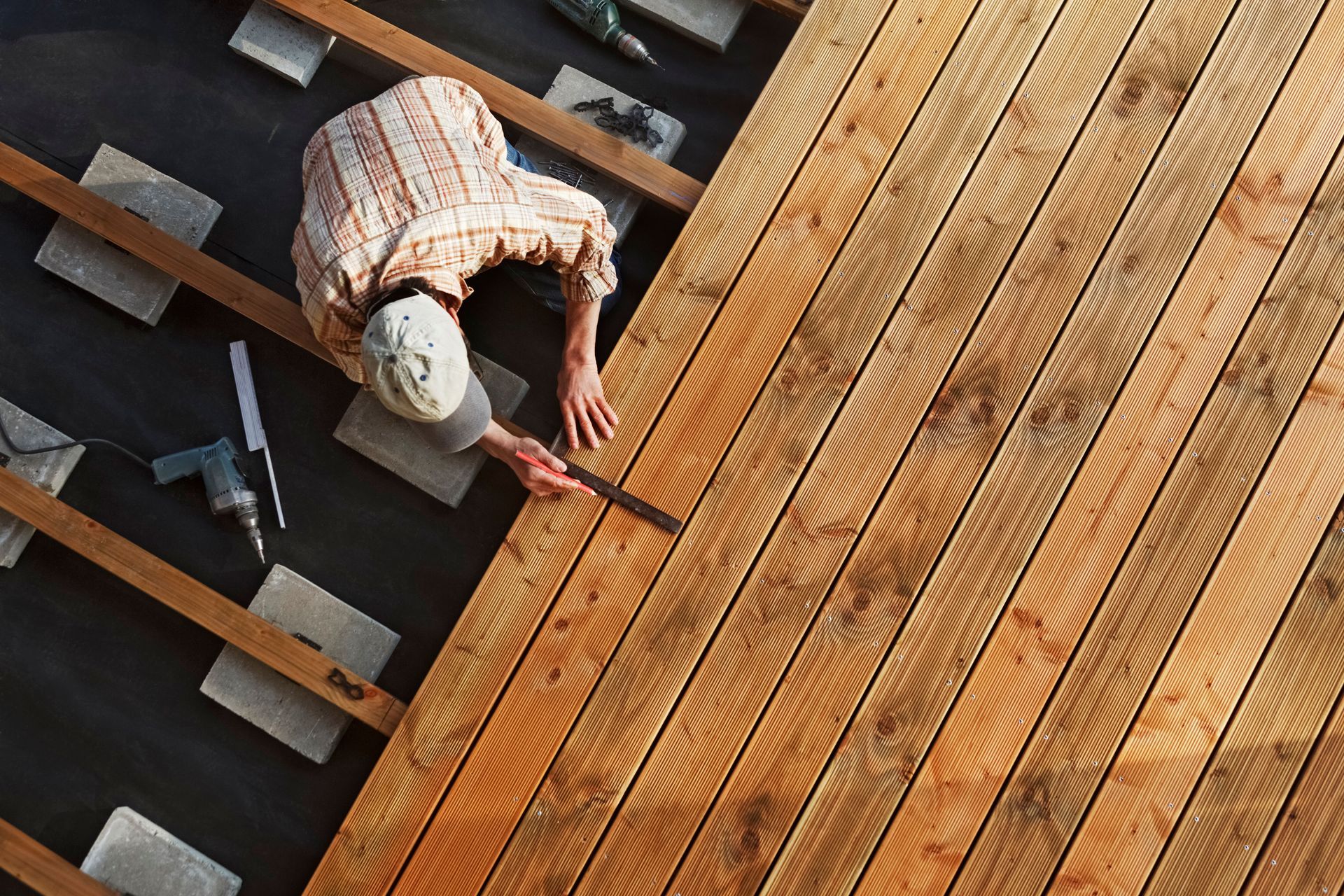
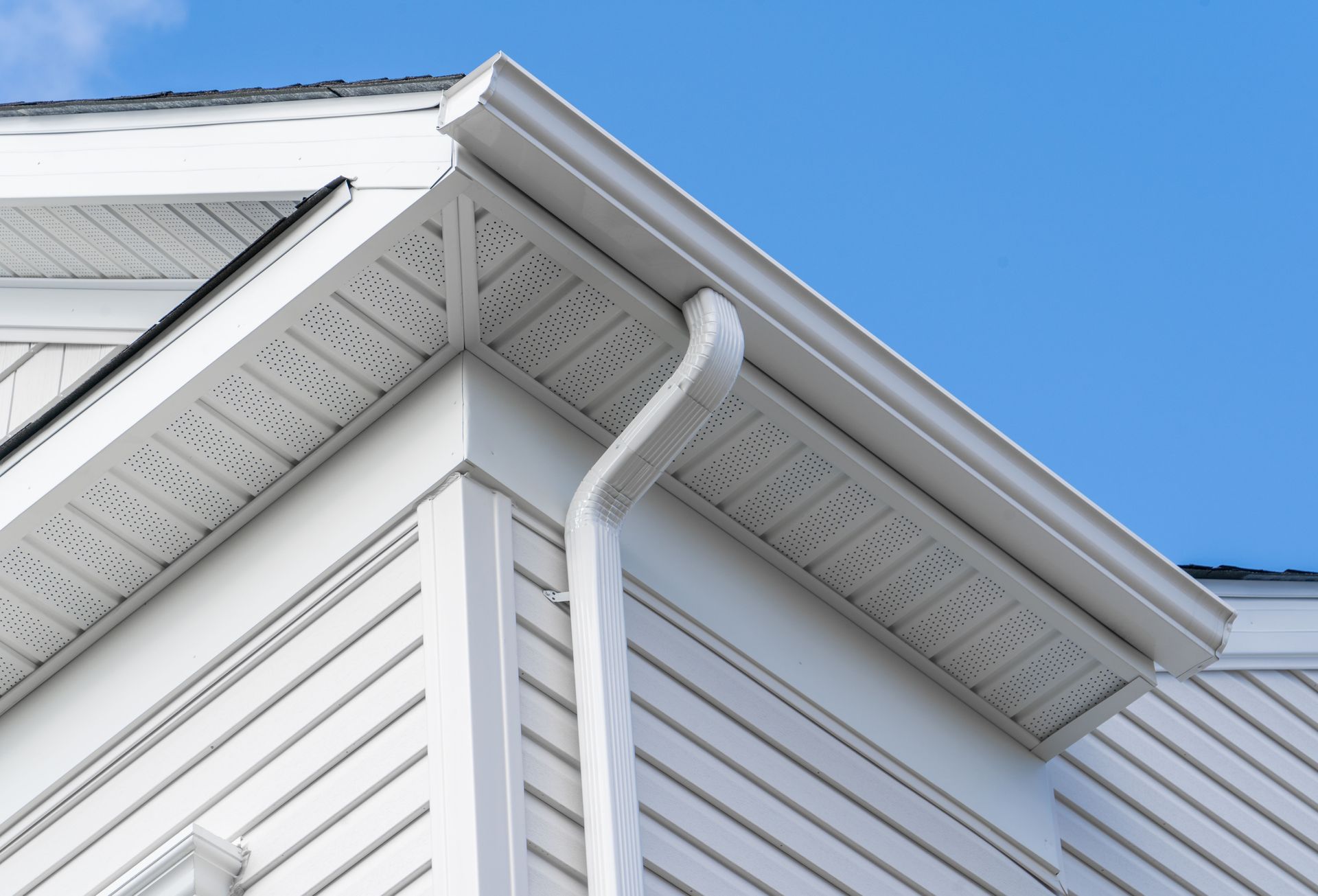

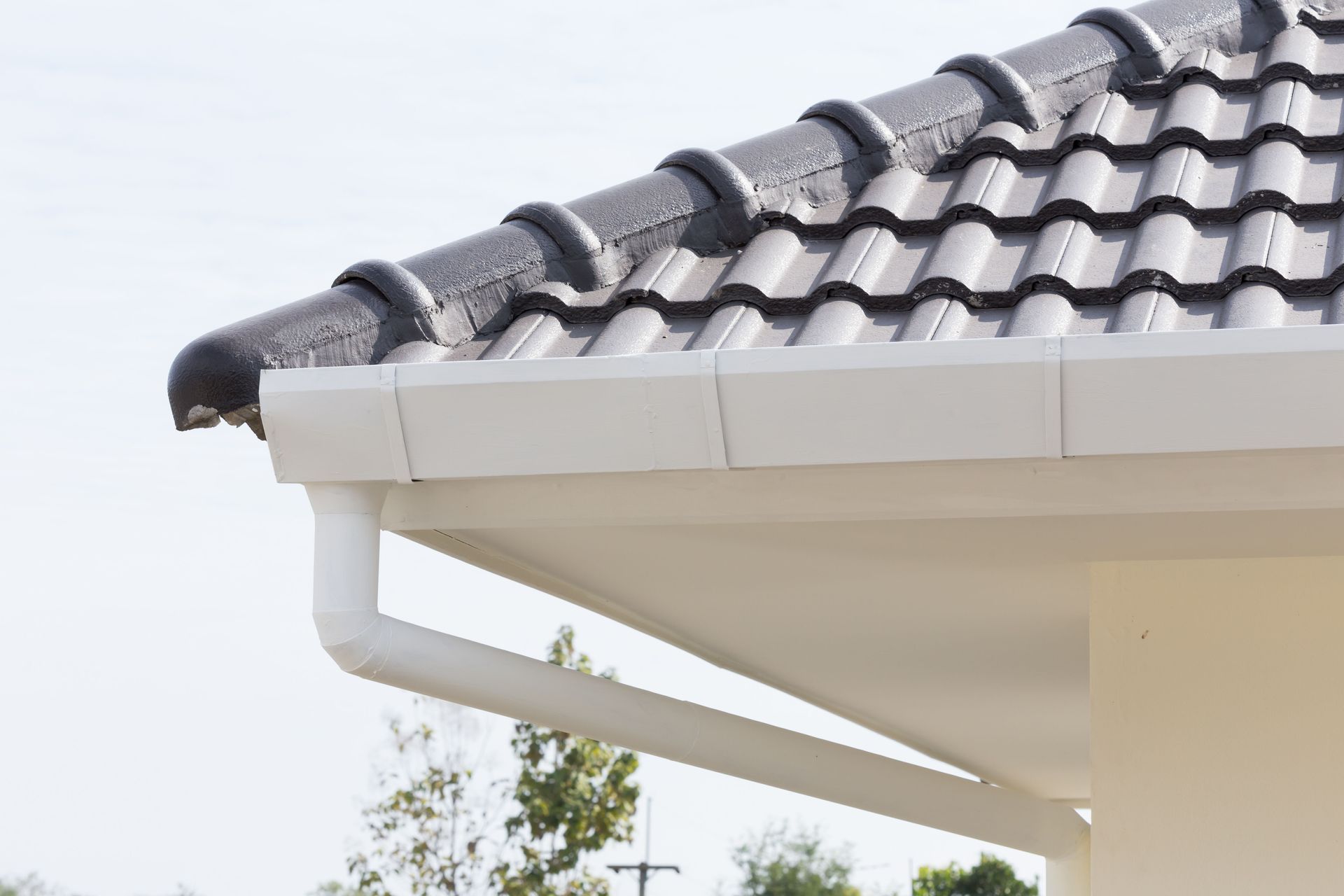


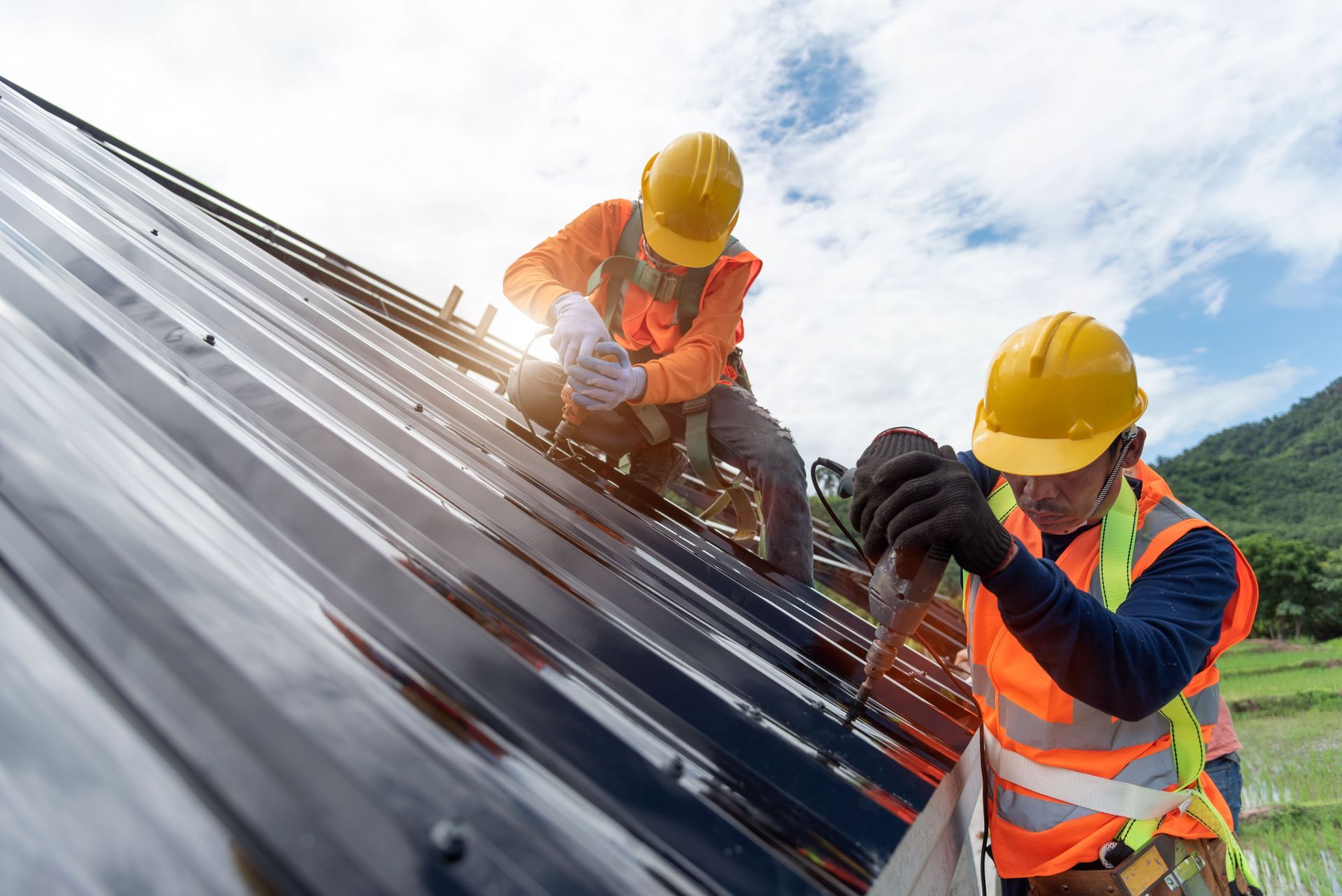
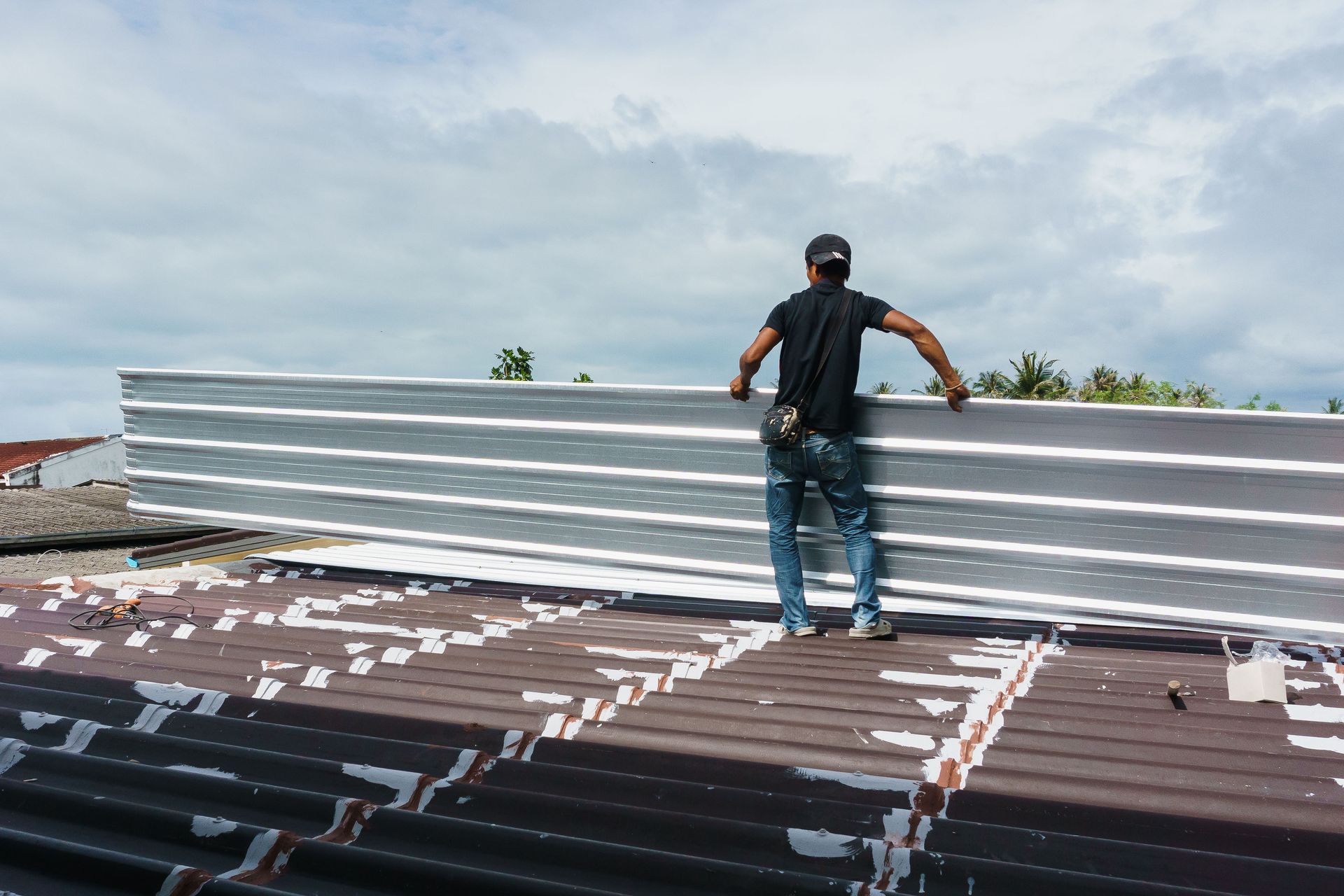
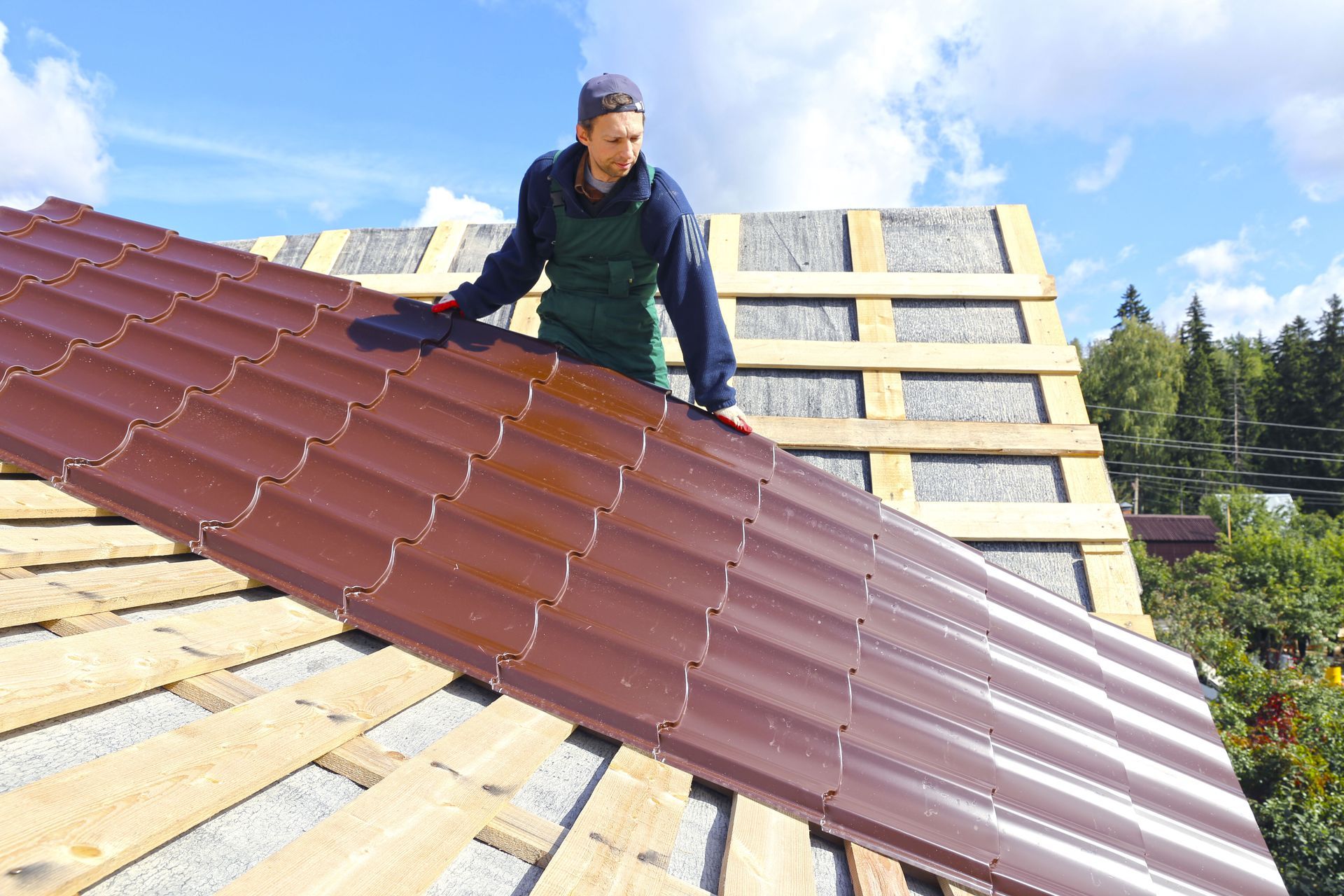
Share On: